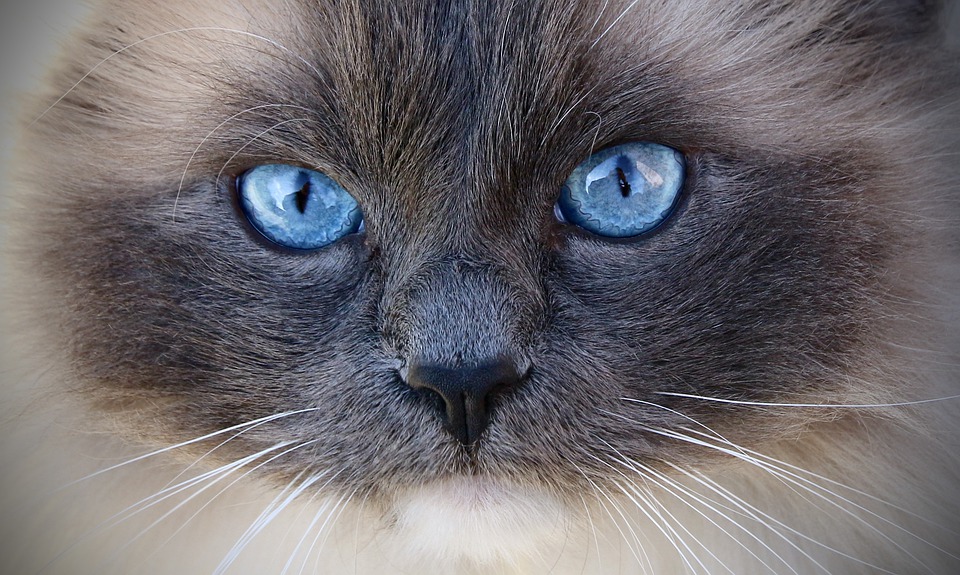*Addressing Excessive Vocalization During Grooming: A Guide to Understanding Cat Behavior*
**Unraveling the Mystery Behind Excessive Vocalization**
Cats are fascinating creatures known for their independence, agility, and, at times, their vocal nature. While some vocalization is normal, excessive meowing or yowling during grooming sessions can be a cause for concern. As a cat owner, it’s important to understand the underlying reasons behind this behavior and learn effective strategies to address it. In this article, we will delve into the various factors contributing to excessive vocalization during grooming and provide practical solutions to help you and your feline friend find harmony.
**Understanding the Root Causes of Excessive Vocalization**
1. **Pain or Discomfort:** Physical discomfort can trigger excessive vocalization during grooming. Cats may have underlying health issues such as arthritis, skin irritations, or dental problems, making certain grooming actions painful for them.
2. **Fear or Anxiety:** Cats are naturally cautious animals, and if they associate grooming with fear or anxiety, they may express their distress through vocalization. Previous traumatic experiences or an aversion to certain grooming tools can exacerbate this behavior.
3. **Attention-Seeking Behavior:** Some cats have learned that meowing excessively during grooming can elicit attention from their owners. If they receive praise, treats, or a pause in the grooming process whenever they vocalize, they may continue this behavior to obtain the desired response.
**Effective Strategies to Address Excessive Vocalization During Grooming**
1. **Consult a Veterinarian:** If your cat’s excessive vocalization is out of character or accompanied by other unusual behaviors, seeking a veterinarian’s advice is crucial. They can rule out any underlying medical conditions and provide appropriate treatment or recommendations.
2. **Gradual Desensitization:** If fear or anxiety is the root cause, desensitizing your cat to grooming can be helpful. Introduce grooming tools gradually, rewarding your cat with treats and positive reinforcement for calm behavior. Gradually increase the duration and intensity of grooming sessions over time.
3. **Ensure Comfortable Grooming Environment:** Create a serene and comfortable space for grooming. Use soft towels or mats for your cat to lie on, play calming music, and avoid distractions. This helps your cat associate grooming with relaxation and reduces the likelihood of excessive vocalization.
4. **Try Different Grooming Techniques:** Cats have individual preferences when it comes to grooming. Experiment with different grooming tools, such as brushes, combs, or grooming gloves, to find the ones your cat is most comfortable with. Additionally, using treats or interactive toys during grooming can distract your cat from vocalizing.
5. **Establish a Routine:** Cats thrive on routine and predictability. Set a regular grooming schedule, preferably at a time when your cat is relaxed and less likely to be distracted. Consistency helps reduce anxiety and makes grooming sessions more predictable for your feline companion.
**FAQs (Frequently Asked Questions)**
**Q: Is excessive vocalization during grooming always a sign of pain?**
A: Not necessarily. While pain can be a contributing factor, excessive vocalization can also stem from fear, anxiety, or attention-seeking behavior.
**Q: Should I punish my cat for excessive vocalization during grooming?**
A: No, punishment is not recommended. It can worsen your cat’s fear or anxiety and strain your bond. Instead, focus on positive reinforcement and gradual desensitization techniques.
**Q: Can grooming my cat less frequently reduce excessive vocalization?**
A: It depends on the underlying cause. In some cases, grooming less frequently may alleviate vocalization if it is triggered by discomfort. However, for cats with anxiety or attention-seeking behavior, regular grooming sessions with positive reinforcement can help them adjust and reduce vocalization over time.
**Q: How long does it usually take to address excessive vocalization during grooming?**
A: The time required varies from cat to cat. With patience, consistency, and positive reinforcement, significant improvements can be seen within a few weeks or months. However, certain cases may require professional help or specialized training.
**Conclusion**
By understanding the root causes of excessive vocalization during grooming and implementing effective strategies, you can help your cat feel more comfortable and secure during grooming sessions. Remember, each cat is unique, so it may take time and experimentation to find the best approach for your feline friend. With patience and a calm demeanor, you can build a positive grooming experience that strengthens your bond and enhances your cat’s overall well-being.








